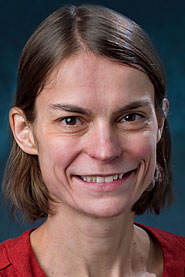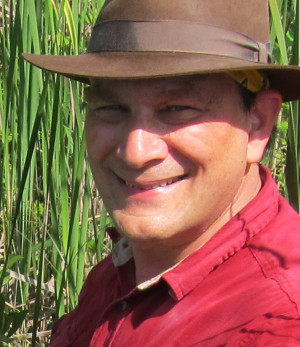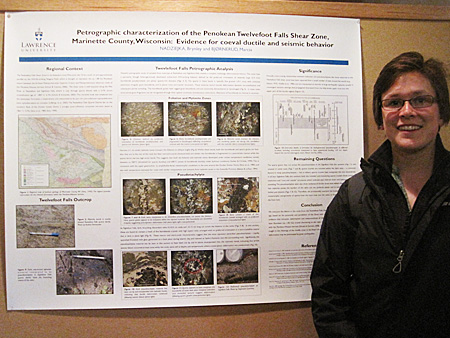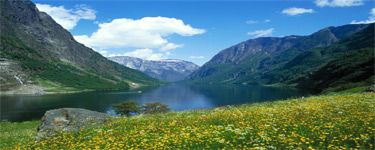A geologist specializing in continental tectonics and mantle dynamics discusses new techniques for understanding what has shaped the topography of the mid-continent over long timescales in a Lawrence University Science Hall colloquium.

Rebecca Flowers, associate professor in the department of geological sciences at the University of Colorado, Boulder, presents “Deep-time Surface History of the North American Continental Interior, Kimberlites and Mantle Dynamics” Thursday, Feb. 22 at 4:30 p.m. in Thomas Steitz Hall of Science 102. The event is free and open to the public.
Flowers’ research focuses on the coupling of deeper Earth and surface processes, including questions related to the carving of the Grand Canyon and the uplift history of the southern African Plateau. While scientists are more familiar with plate tectonic processes that produce crustal deformation and the development of mountains at the boundaries between plates, large-scale “warpings” of the interior of the continent, including features like the Michigan Basin, which is responsible for the Niagaran escarpment, are less well understood. Current research suggests the surface of the continental interior responds to processes that originate at great depths in the Earth’s mantle.
The author or co-author of nearly 50 published research articles, Flowers joined the University of Colorado Boulder faculty in 2007. She earned a bachelor’s degree in geology from the College of William and Mary and her Ph.D. in geology and geochemistry from MIT.
About Lawrence University
Founded in 1847, Lawrence University uniquely integrates a college of liberal arts and sciences with a nationally recognized conservatory of music, both devoted exclusively to undergraduate education. It was selected for inclusion in the book “Colleges That Change Lives: 40 Schools That Will Change the Way You Think About College.” Engaged learning, the development of multiple interests and community outreach are central to the Lawrence experience. Lawrence draws its 1,500 students from nearly every state and more than 50 countries.







